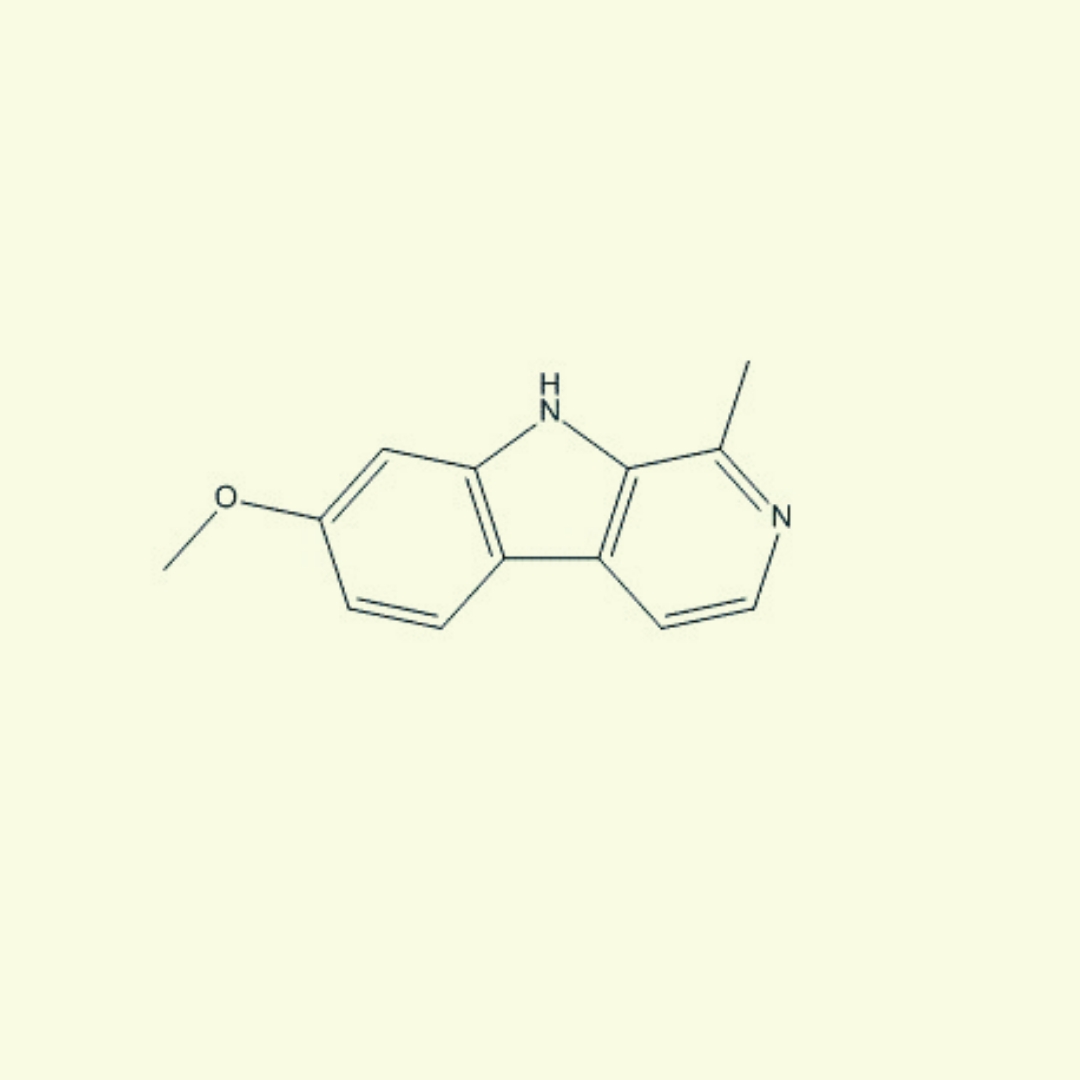Harmine, a naturally occurring alkaloid found in plants such as Banisteriopsis caapi and Peganum harmala, has intrigued researchers for decades. Traditionally used in South American shamanic rituals as a component of the psychoactive brew Ayahuasca, harmine’s potential extends well beyond its cultural and spiritual roots. Modern science is uncovering a range of positive applications for this compound, spanning from medical therapies to cognitive enhancement.
One of the most promising areas of harmine research is its neuroprotective capabilities. Studies have shown that harmine can inhibit the enzyme monoamine oxidase A (MAO-A), which breaks down neurotransmitters such as serotonin, dopamine, and norepinephrine. By inhibiting MAO-A, harmine helps increase the availability of these neurotransmitters, potentially offering therapeutic benefits for conditions like depression and anxiety. Additionally, harmine has been shown to promote the growth of new neurons, a process known as neurogenesis, which is crucial for brain plasticity and cognitive function.
Potential in Cancer Treatment
Emerging research suggests that harmine may have anti-cancer properties. Laboratory studies have demonstrated that harmine can induce apoptosis, or programmed cell death, in various cancer cell lines, including leukemia and melanoma. This effect, coupled with its ability to inhibit cell proliferation, makes harmine a candidate for further research in cancer therapies. While these findings are preliminary and primarily based on in vitro studies, they offer a tantalizing glimpse into harmine’s potential as an anti-cancer agent.
Cognitive Enhancement
Cognitive enhancement is another area where harmine shows potential. Preliminary studies indicate that harmine can improve memory and learning. Its ability to promote neurogenesis and protect existing neurons may enhance cognitive function, making it a potential candidate for treating neurodegenerative diseases such as Alzheimer’s. Moreover, harmine’s MAO-A inhibition could help alleviate cognitive decline associated with aging by maintaining higher levels of critical neurotransmitters.
Anti-Inflammatory and Antioxidant Effects
Harmine also exhibits significant anti-inflammatory and antioxidant properties. Chronic inflammation and oxidative stress are underlying factors in many chronic diseases, including cardiovascular diseases, arthritis, and neurodegenerative conditions. By reducing inflammation and neutralizing free radicals, harmine could contribute to overall health and longevity. These properties make it a candidate for developing new treatments for a variety of inflammatory and oxidative stress-related conditions.
Mental Health and Psychedelic Therapy
The resurgence of interest in psychedelic therapy has brought harmine back into the spotlight. While harmine itself is not a psychedelic, its role in Ayahuasca and its MAO-A inhibition synergizes with other psychoactive compounds, potentially enhancing their therapeutic effects. This combination is being explored for its potential to treat post-traumatic stress disorder (PTSD), depression, and addiction. As part of a controlled therapeutic setting, harmine could play a crucial role in the next generation of mental health treatments.
Conclusion
Harmine is a multifaceted compound with a range of potential positive uses. Its neuroprotective, anti-cancer, cognitive-enhancing, anti-inflammatory, and antioxidant properties make it an exciting subject for ongoing research. While more clinical trials are necessary to fully understand and validate these benefits, harmine’s potential in various therapeutic areas is undeniable. As science continues to explore this ancient compound, harmine may well become a cornerstone in future medical and psychological treatments.




